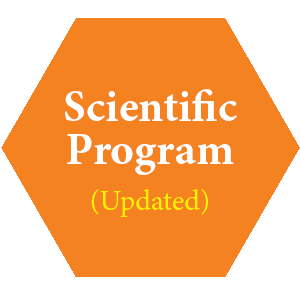
Juliana Yusof
UiTM Sg. Buloh, Selangor, Malaysia
Title: Use of complementary and alternative medicine in pregnancy and its impact on obstetric outcome
Biography
Biography: Juliana Yusof
Abstract
To evaluate the prevalence of use of complementary and alternative medicine (CAM) in a Malaysian antenatal population and its impact on obstetric outcome
Design : Cross sectional study in Obstetric Unit, Hospital Sultanah Bahiyah, Alor Setar, Kedah.Malaysia
Results
Out of 447 women, the overall prevalence of CAM usage in pregnancy was 85.2 %. It was popular among pregnant mothers aged between 26-35 years old and most commonly used in the third trimester (p=.0.010) to facilitate labour. Traditional herbs was the commonest type of CAM used in pregnancy (58.3%) followed by selusuh (24.3%). About 78.5% of the CAM users delivered vaginally (p=0.020) but a significant proportion (14.3%) had fetal distress (p=0.035) compared to non CAM users. The most common type of herbs used was akar kayu bunga Fatimah (37.7%) and gamat (13.4%). In our study, usage of selusuh product and akar kayu bunga Fatimah had a significant impact in achieving vaginal delivery and shortened the duration of labour particularly in multiparae. The usage of Kacip Fatimah and Salindah was associated with preterm labour ( p= 0.04)Tongkat Ali herbal coffee had a significant association with hypertensive disorders in pregnancy ( p=0.011) and fetal distress (p=0.04) Meanwhile, the usage of Jamu Mustika Ratu was significantly associated with low birth weight in grandmultiparae (p= 0.026)and spirulina was significantly associated with oligohydramnios (p =0.04)
Conclusion:
Usage of CAM in pregnancy in the Malaysian population is of high prevalence .CAM in pregnancy has both beneficial and adverse obstetric outcomes . More research is needed to establish the safety of usage of various forms of CAM in pregnancy.

